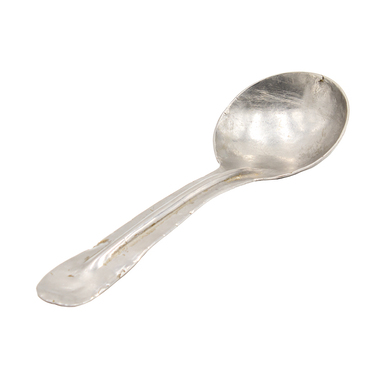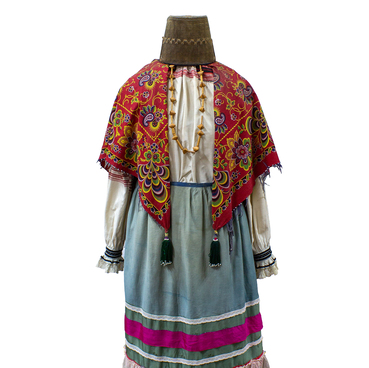By June 1941, the armed forces of Nazi Germany had occupied 12 European countries and moved close to the Soviet border. While getting ready to invade the Soviet Union, the German leaders developed a plan of Blitzkrieg — a rapid war. According to the plan, German troops were supposed to conquer the Soviet Union before the winter of 1941.
On June 22, at 3:15, all German armies received the codeword “Dortmund”, indicating that they should commence the invasion. Thousands of German artillery guns and mine throwers opened fire on the Soviet frontier stations and military camps, while the German air force carried out attacks along the entire border area — from the Barents Sea to the Black Sea. To ensure the high efficiency of their attacks, German airplanes crossed all parts of the Soviet Union border simultaneously.
The airfields of the Soviet air force suffered irreparable losses. On the very first day, German forces destroyed 1,200 airplanes many of which had not even been able to get off the ground.
German air forces delivered a mass air attack on airfields, railway junctions, naval stations, living quarters, and towns within 250–300 kilometers of the Soviet border. Kotovsk also faced an air raid. The town was the home of Gunpowder Factory No. 204 (now known as the Tambov Gunpowder Factory), one of the main ammunition suppliers of the Soviet Army. On the map of Wehrmacht, the gunpowder factory was circled as an object that needed to be destroyed as soon as possible.
During the first days of the war, 250 Kotovsk citizens volunteered for frontline duty. Another 200 Komsomol members joined guerilla forces, airborne assault forces, and air defense units. In total, 2698 Kotovsk citizens participated in defending the Soviet Union from the enemy — many of them were awarded orders and medals. Nine citizens were awarded the honorary title of the Hero of the Soviet Union.



